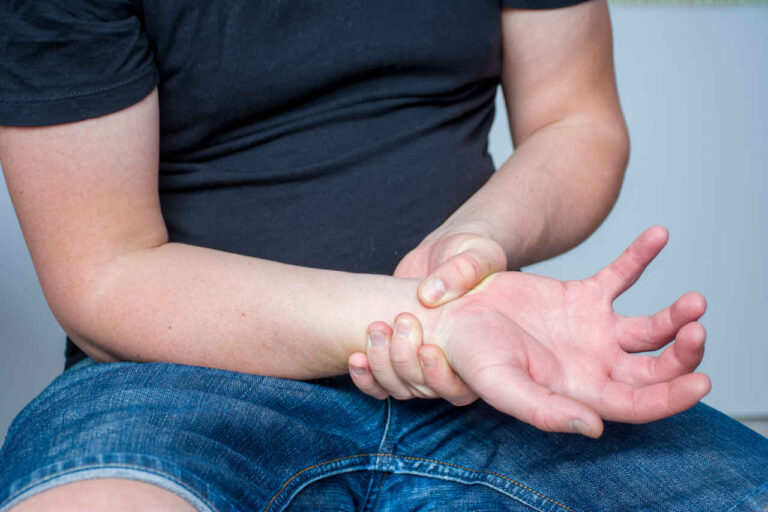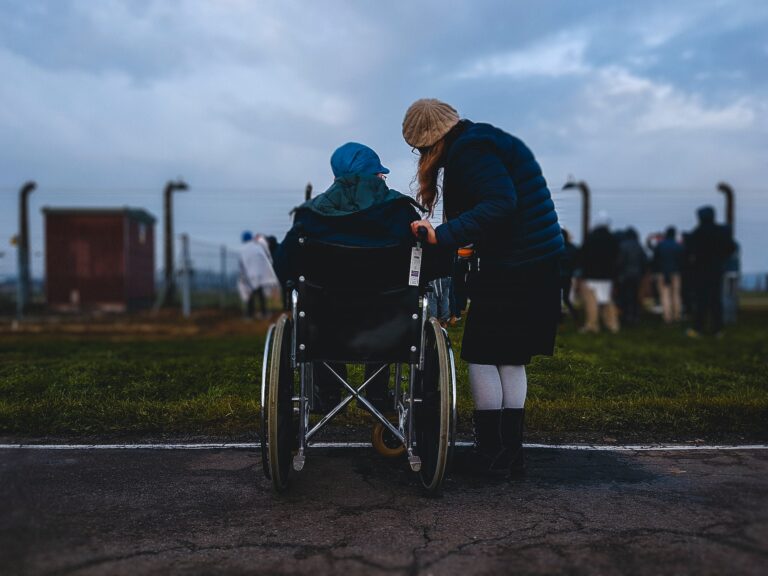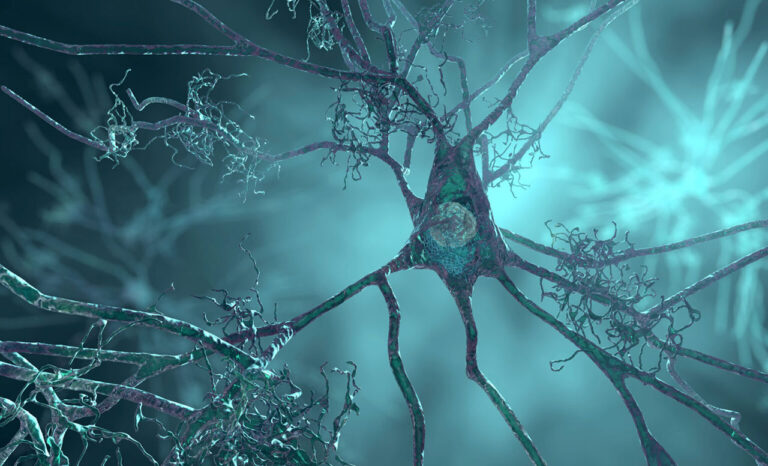
尽管 CIDP 虽然可以治疗,并且一些症状可以逆转,但完全康复的情况很少见。
IVIG 有帮助吗?| 免费 IVIG 治疗信息
CIDP(慢性炎症性脱髓鞘性多发性神经病)是一种罕见的自身免疫性疾病。CIDP 患者的免疫系统会损害周围神经(大脑和脊髓以外的神经)。
这种疾病影响了大约 30,000 名美国人[1主要治疗方法包括皮质类固醇、 血浆置换 (血浆置换-PE),以及 免疫球蛋白。他们的目标是:
- 改善症状
- 恢复功能
- 达到长期缓解(症状减轻或消失的时期)
决定 CIDP 或其症状是否可逆转的因素
CIDP 类型
下面列出了三种主要类型的 CIDP。
- 单相: 一次 CIDP 发作可持续数月甚至数年,随后会有一段时间的自行恢复。
- 慢性复发: 症状持续恶化,然后在复发之间得到缓解。
- 慢性进行性: 症状不断恶化,且没有改善。
诊断年龄
总体而言,诊断年龄越小,长期预后越好。
症状类型
症状对称(身体两侧无力和麻木)的人往往复发次数较少,治疗效果也更好。3].
症状恶化所需的时间
一般来说,症状恶化的时间越长,长期预后越好。
早期治疗反应
良好的初始治疗反应预示着长期缓解。
治疗开始
诊断后越早开始治疗,永久性神经损伤的可能性就越低。
CIDP 可以逆转吗?恢复的可能性很大,但概率很小

仅有少数研究表明CIDP可以逆转。然而,早期适当的治疗已可带来长期缓解。
例如,2017 年的一项试验显示,每 21 天使用 1g/kg IVIG 进行维持治疗,可使约 70% 名参与者的病情持续缓解 52 周[4].
2018年,日本研究人员发表了一份病例报告,展示了一名女性神经功能的恢复。该女性在54岁时接受类固醇治疗,其神经功能在68岁、72岁和73岁时均得到改善。[5].
在 2022 年的一份病例报告中,一名患有 CIDP 的男子 多发性硬化症 报告称,经过治疗后,几乎所有症状都完全康复 奥瑞珠单抗 [6] 值得注意的是,该患者对 CIDP 和 MS 的常规治疗均有抵抗力。
健康专家正在研究其他治疗方案,例如造血干细胞移植(HSCT),也称为骨髓移植。该技术需要向骨髓衰竭的患者体内注入健康的造血干细胞。 有传闻证据表明,造血干细胞移植(HSCT)可能逆转部分患者的CIDP。然而,需要更广泛、更精准的对照研究来证实这一点。
2023 年的一项审查得出结论,造血干细胞移植 (HSCT) 可有效治疗难治性 CIDP [7到目前为止,已有 70 多名患有治疗抵抗性 CIDP 的患者接受了 HSCT [8].
与专家讨论共付额援助
CIDP 会影响预期寿命吗?
CIDP 本身不太可能影响寿命。然而,并发症、并存疾病和治疗可能会影响 预期寿命 和生活质量。
2023 年的一项研究表明,近一半的 CIDP 患者预后良好,且没有疾病相关的残疾 [9].
CIDP 能自行消失吗?
部分病例可自行恢复。这是单相型CIDP的常见特征。尽管如此,早期诊断和治疗对于预防永久性神经损伤至关重要。
有人从 CIDP 中康复吗?
虽然有可能完全康复,但情况罕见。即使完全康复,麻木和无力症状也可能持续存在。
CIDP 最有效的治疗方法是什么?
- 皮质类固醇
- 血浆置换
- 免疫球蛋白
- 免疫疗法
- 单克隆抗体
参考:
- 麦戈文医学院。“CIDP | 慢性炎症性脱髓鞘性多发性神经病变 | 德克萨斯大学健康休斯顿分校。”神经内科、神经外科、脊柱护理 | 德克萨斯大学健康神经科学系,2023 年 10 月 17 日,med.uth.edu/neurosciences/conditions-and-treatments/nerve-disorders/chronic-intensive-demyelinating-polyneuropathy。
- Brun, S.;de Sèze, J.;Muller, S. CIDP:当前的治疗方法和未来特异性治疗干预的靶点识别。《Immuno》2022, 2, 118-131。https://doi.org/10.3390/immuno2010009
- Kuwabara, S 等。“慢性炎症性脱髓鞘性多发性神经病的长期预后:38例病例的五年随访。”《神经病学、神经外科和精神病学杂志》第77卷,第1期(2006年):66-70。doi:10.1136/jnnp.2005.065441
- Kuwabara, Satoshi 等。“静脉注射免疫球蛋白用于慢性炎症性脱髓鞘性多发性神经病维持治疗:一项多中心、开放标签、52周III期试验。”《神经病学、神经外科和精神病学杂志》,第88卷,第10期,2017年8月,第832-838页。https://doi.org/10.1136/jnnp-2017-316427。
- Koike, Haruki 等。“长期使用抗神经束蛋白 155 抗体治疗 CIDP 后传导阻滞的恢复:一例超过 23 年的随访。”《内科》(日本东京)卷 57,14 (2018): 2061-2066。doi:10.2169/internalmedicine.0455-17
- Auer, Michael 等人。“合并多发性硬化症患者接受奥瑞珠单抗治疗后慢性炎症性脱髓鞘性多发性神经病的恢复情况。”《中枢神经系统疾病杂志》第 14 卷,11795735221084837。2022 年 3 月 28 日,doi:10.1177/11795735221084837
- 郑永胜等。“造血干细胞移植治疗难治性慢性炎症性脱髓鞘性多发性神经根神经病的疗效:系统评价与荟萃分析。”《欧洲神经病学杂志》第30卷,第8期(2023年):2570-2582。doi:10.1111/ene.15857
- 秦震等人。 “CIDP 造血干细胞移植的进展。”国际医学杂志卷。 17,2 234-241。 2020 年 1 月 14 日,doi:10.7150/ijms.38363
- Al-Zuhairy, A. 和 Jakobsen, J. (2023)。慢性炎症性脱髓鞘性多发性神经病的疗效:系统综述与荟萃分析。《肌肉与神经》,68(4),388-396。https://doi.org/10.1002/mus.27820












